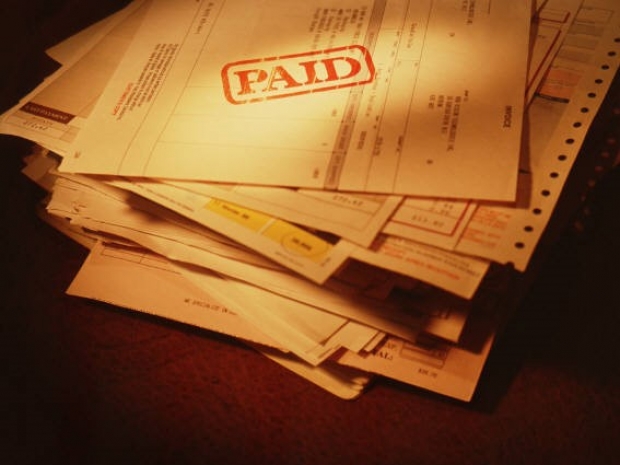According to Bloomberg, over the past two years, Amazon has almost doubled the size of its physical footprint worldwide, to 254 million square feet, including dozens of new data centres with vast fields of servers running 24/7.
In at least two US states, it's also negotiated with utilities and politicians to stick other people with the bills, piling untold millions of dollars on top of the estimated $1.2 billion in state and municipal tax incentives the company has received over the past decade.
It is not the only one. Google and Tesla have taken advantage of the power industry's hunger for growth and the relative secrecy that followed its 1990s deregulation in dozens of states.
But Neal Elliott, senior director of research at the American Council for an Energy-Efficient Economy (ACEEE), a green lobbying group said that Amazon stands out for its success in offloading its power costs.
To put the amount in some perspective, it is using two per cent of US electricity.
"Amazon had a huge advantage, because there weren't a lot of other sectors growing in the electricity market”, Elliott said.
Greenpeace is also a little upset, branding Amazon the single biggest obstacle to industry transparency.
The issue appears to be why is a first world country like the United States spending a huge amount of money offering tax cuts to profitable companies like Amazon when it can’t even organise a decent system of health care? Why does it moan about giving tiny amounts of cash to fund food stamps when it is paying much more to keep Amazon profitable?

